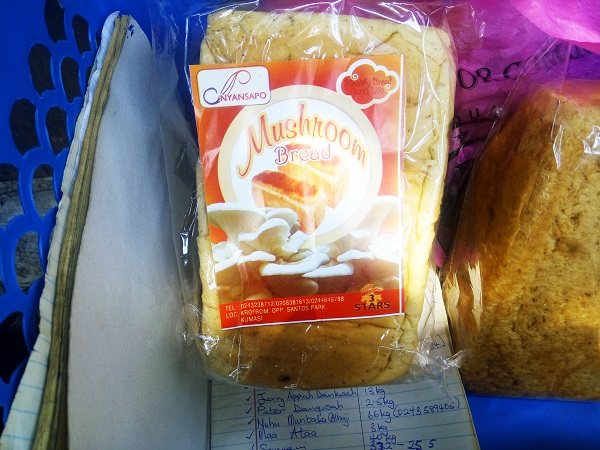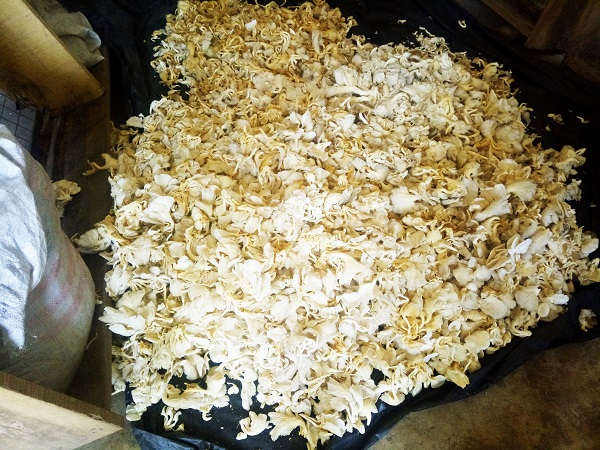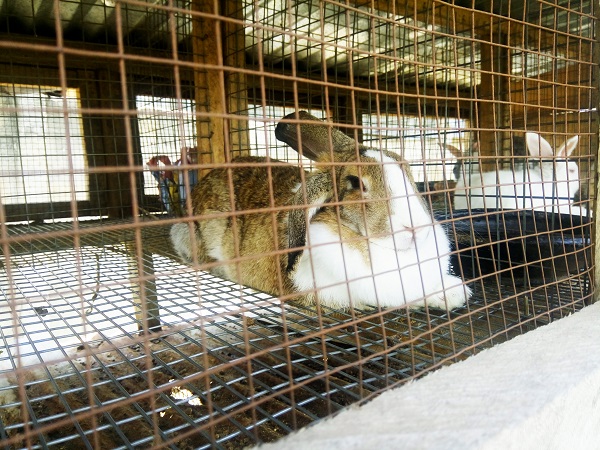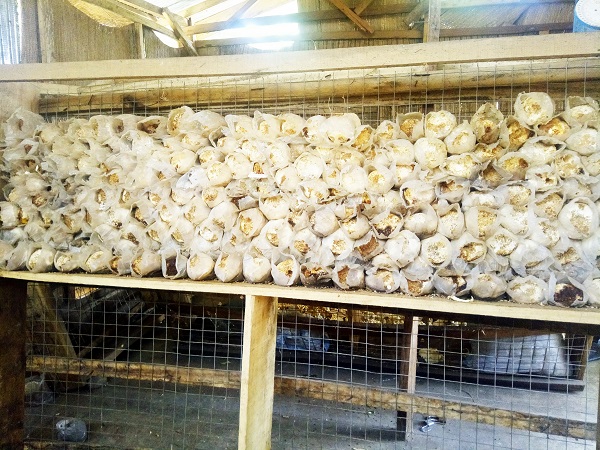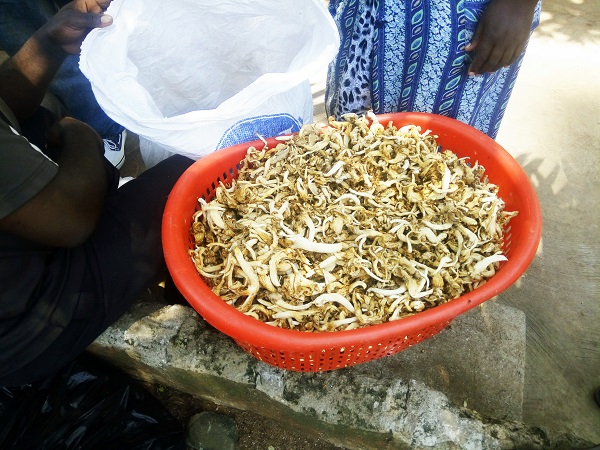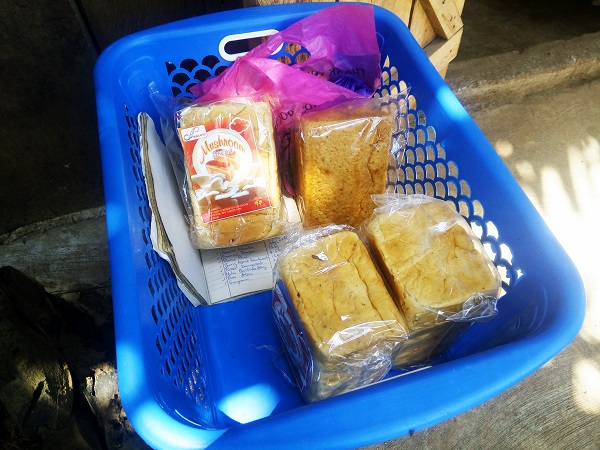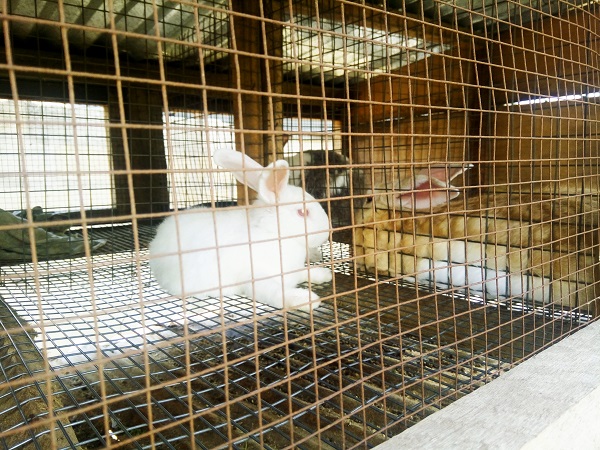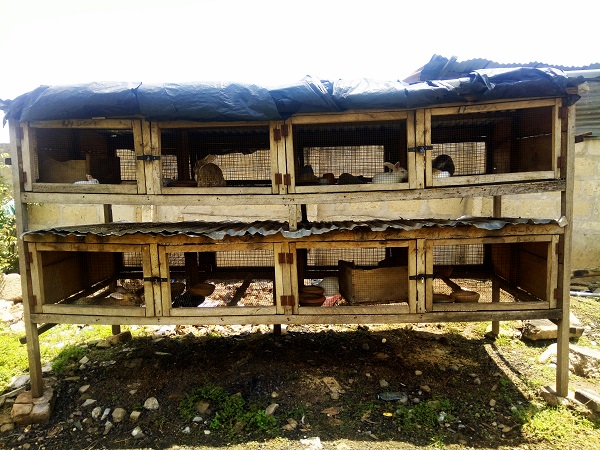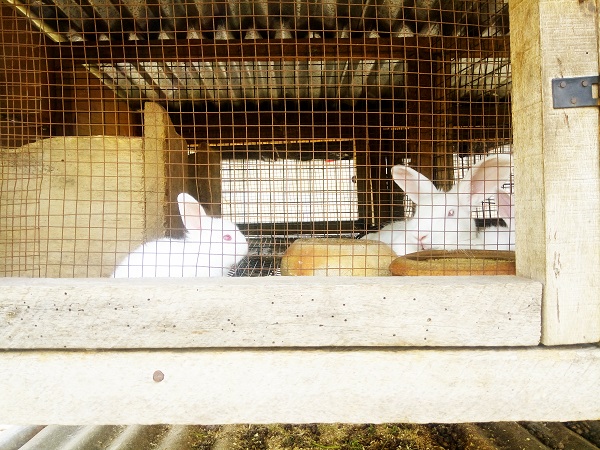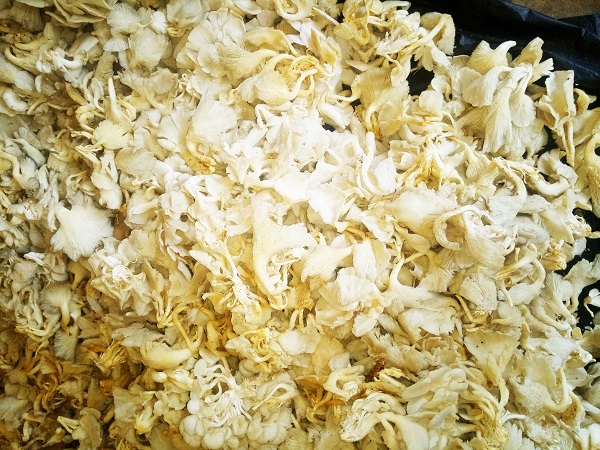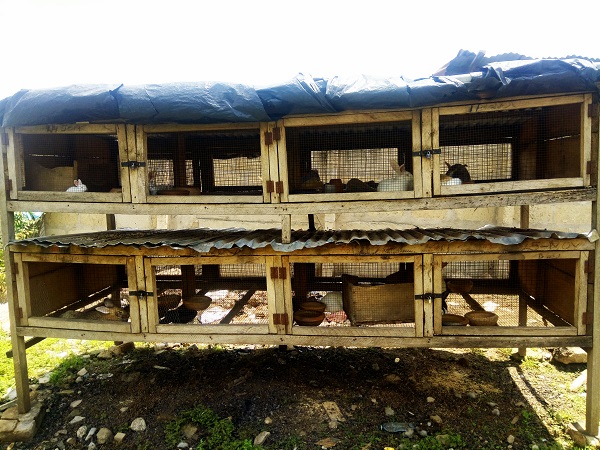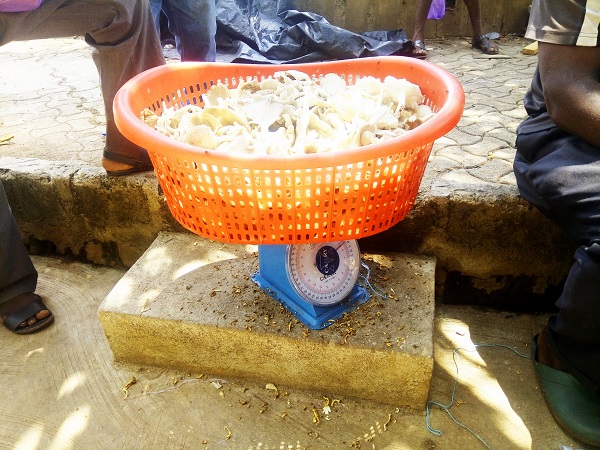Uploading… What sources of revenue does your farmer program currently rely on?
As earlier indicated in my last week submission, CBS FM radio station runs a series of “agricultural programs” ranging for farming practices to poultry and fishing activities. Most farmers programs concentrate of Coffee farmers, Banana and Sweet potatoes (The yellow sweet potatoes). Fish farming is a craze in Uganda today since the technology is now readily available, and the poultry section also has many companies providing hatchery services coming on board. As each section does push its mandate and what is new in the activity, we have numerous agro chemical suppliers, the coffee development association promoting good coffee arming practices, companies like Uga Chick that promotes poultry and fish farming, are all on board. These are majorly private commercial entities that usually sign for 2 quarters
Any ways to generate revenue
This may be a little challenging due to the objectives of the station but numerous avenues may include the diversification of as many farm service providers in the program as possible. A section of farmers concentrating on Rabbit multiplication are on the rise in Uganda. Encouraging such a group to join the farming discussion could boost your revenue stand.
During the coming Easter holiday celebrations 2018, CBS will host an expo that includes small and middle scale industries and these include those providing agricultural equipment and inputs. This is also another content and revenue boost to the program.
Encouraging farmers to form farm program listening groups as a basis for organization and enhancing the creation of a value audience that the station could sell to future advertisers. Many farmers have joined cooperative movements in their regions to ensure a centralized service delivery system and an easy approach to attracting sponsorship and partnerships.
Challenges faced.
The competition in the industry is stiff. CBS covers a big section of Central and southern Uganda and most of these localities have established their own radio stations.
Appropriate time allocation due to the tight programming schedule at the station. Programmers at times have a challenge to schedule programs or even shifting to a different time zone that might not be that favorable to the farmers.
Farmer’s program feed back is not readily received due to the adoption of new technologies, which might not ogre well with farmers.
Most sponsors/advertisers prefer to come with their own program host and facilitators. They want some one who will effectively present their mandate in the time paid for and subsequently allotted.


